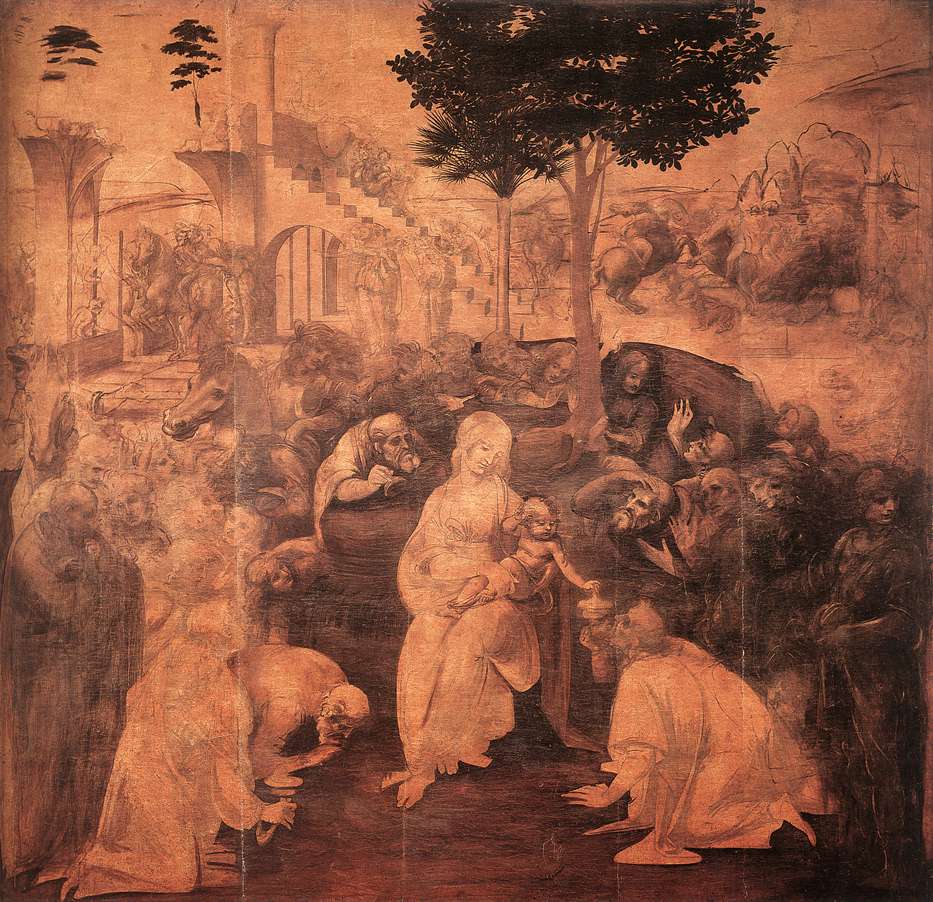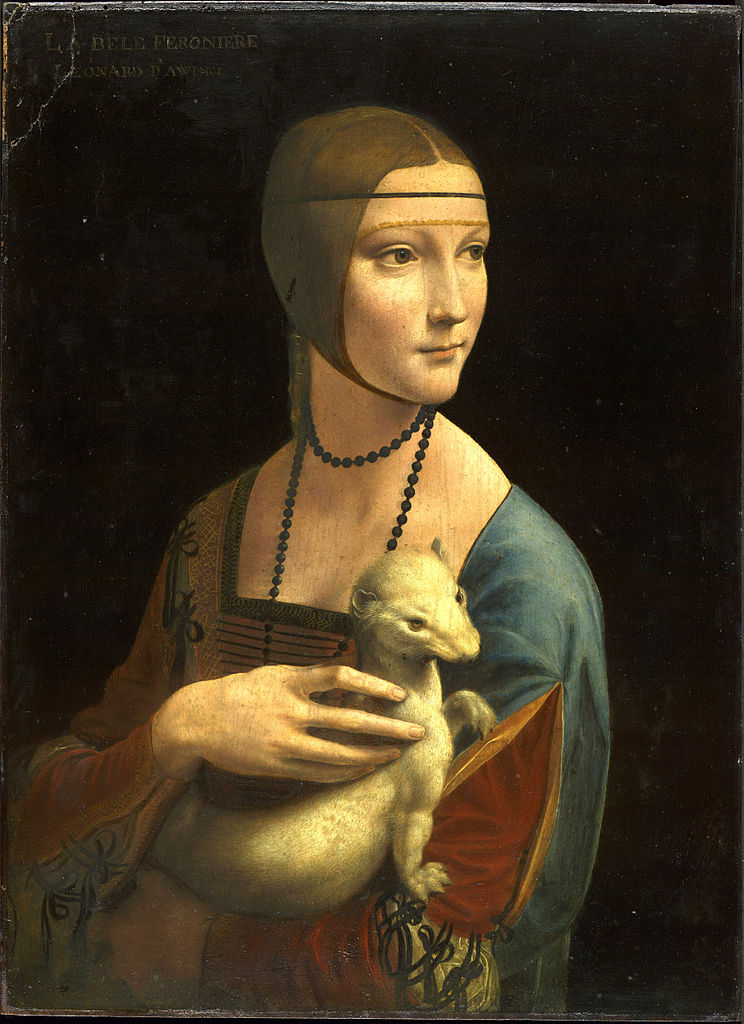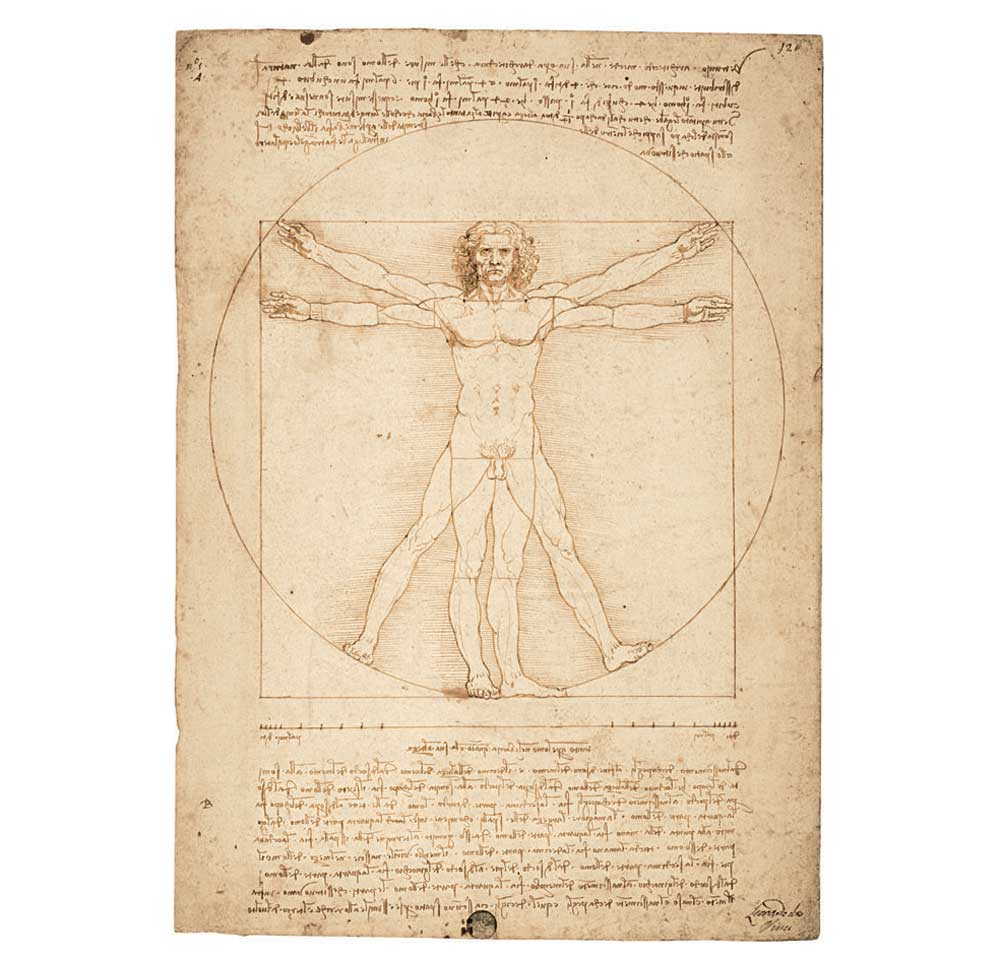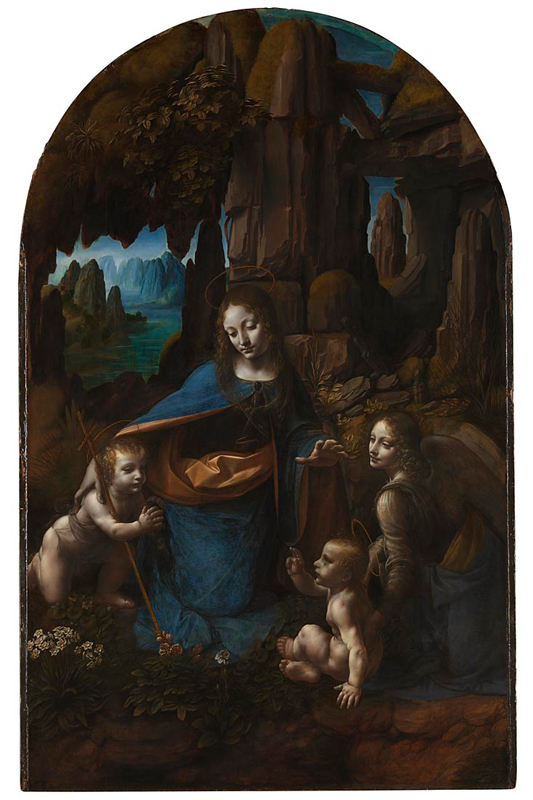By Anne Leader and Ioannis Tzortzakakis
Leonardo da Vinci was born on 15 April 1452, in the Tuscan village of Vinci, an illegitimate son of a local lawyer.
In him was great bodily strength, joined to dexterity, with a spirit and courage ever royal and magnanimous; and the fame of his name so increased, that not only in his lifetime was he held in esteem, but his reputation became even greater among posterity after his death.
With these words, Giorgio Vasari commended Leonardo in his Vite. Trained in the workshop of Andrea del Verrocchio (1435–1488), Da Vinci later produced a handful of the most iconic images in art history, such as The Last Supper (c. 1492/94–1498), Mona Lisa (c. 1503–6 and later) and the Vitruvian Man (1492). The world-renowned polymath excelled as a painter, sculptor, architect, designer, theorist, engineer, and scientist, though he was often more interested in the design and exploratory phases of his work than bringing them to completion; and that would be the main reason that only few of his works survive today. He is widely recognized as the father of the Italian High Renaissance, even though he was of the same generation as Sandro Botticelli (1445-1510), Domenico Ghirlandaio (1449-94), and Filippino Lippi (1457-1504), rather than Michelangelo (1475-1564) or Raphael (1483-1520).
He lived and worked in Florence (1472–ca. 1482, 1500–1508), Milan (ca. 1482–99, 1508–13), in Rome (1513–16) and in Amboise, France (1516/17–1519), where he died on 2 May 1519.
Further reading
Martin Kemp (2011) Leonardo: Revised Edition, Oxford: Oxford University Press.
Johannes Nathan and Frank Zöllner (2011) Leonardo da Vinci: The Complete Paintings and Drawings, Köln: Taschen.
Kenneth Clark, Leonardo da Vinci: Revised Edition by Martin Kemp (1989), London: Penguin.
Jean Paul Richter (1970) The Notebooks of Leonardo da Vinci, Volume 1, Volume 2, New York: Dover.
On his “Treatise on Painting”, see the project Leonardo da Vinci and his Treatise on Painting.
Last Supper, 1495-98, mural, refectory, Santa Maria delle Grazie, Milan.
Mona Lisa, 1503-5, oil on panel, Musée du Louvre, Paris.
Adoration of the Magi, 1481-82, oil on panel, Galleria degli Uffizi, Florence.
Portrait of Cecilia Gallerani (Lady with an Ermine), 1483-90, oil on wood, Czartoryski Museum, Cracow.
Vitruvian Man, 1492. pen, ink, watercolour and metalpoint on paper, Gallerie dell’ Accademia, Venice.
Study for the Sforza monument, 1488-89, metalpoint on bluish prepared paper, Royal Library, Windsor.
Study of St Anne, Mary, the Christ Child and the young St John, 1501-06, lead pencil, pen and ink on paper, Gallerie dell’ Accademia, Venice.
Virgin of the Rocks (London version), (1495–1508),Oil on panel, 189.5 cm × 120 cm, National Gallery, London.







